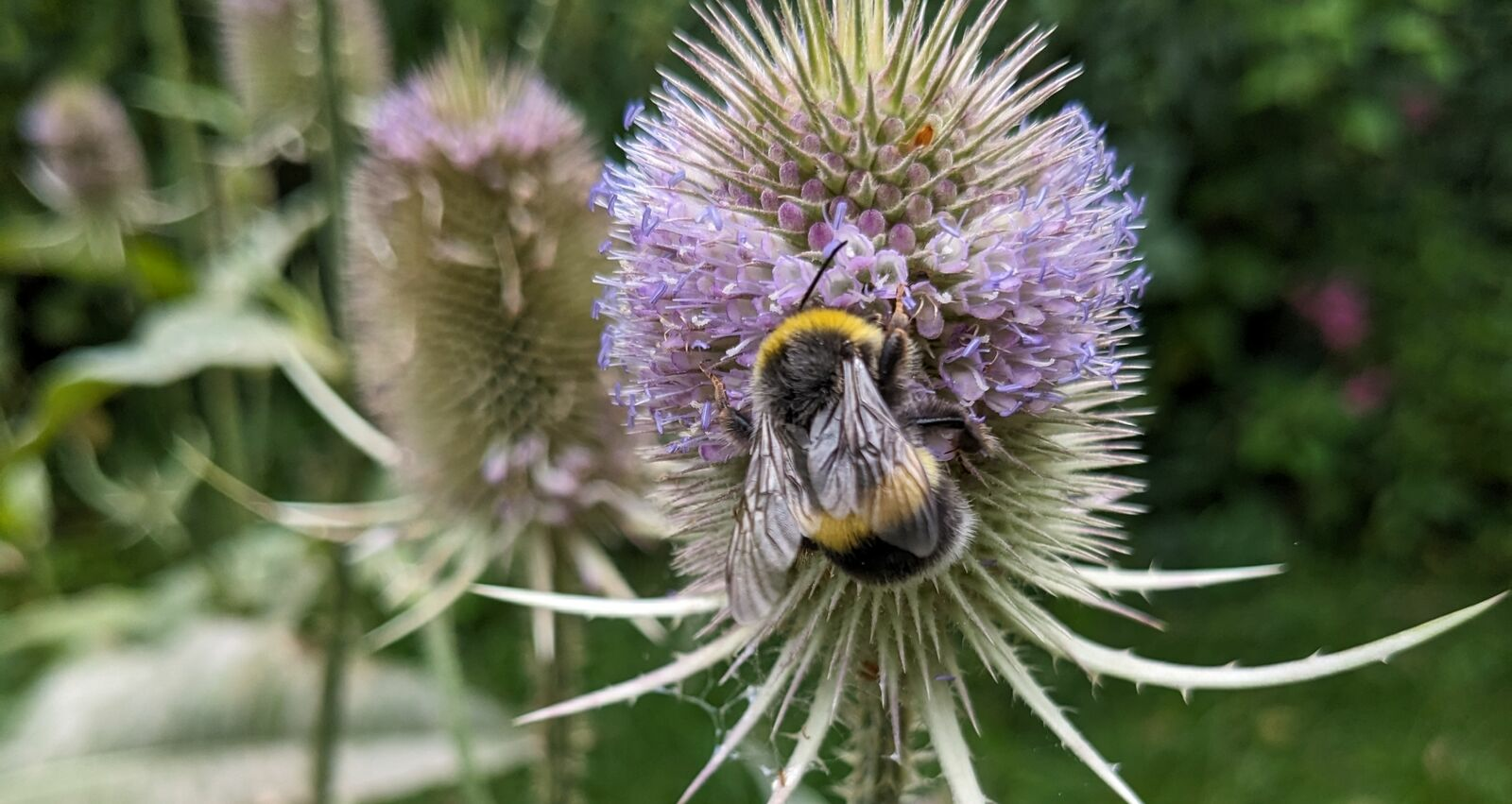
Tips for More Biodiversity From the Fryd Community
This month, together with Ulmer Verlag, we have dedicated ourselves to a very important topic: promoting biodiversity in the garden. Especially with the challenges of climate change, this is an important topic in order to provide habitats and food for endangered species. We asked our community how they promote biodiversity in their gardens. We received some great ideas that we didn't want to keep from you! Have fun discovering them.
Why Is Biodiversity in the Garden So Important?
A great diversity of plants, animals and microorganisms is the basis for healthy and resistant ecosystems. In times of climate change, intensive agriculture and increasing land sealing, natural habitats are shrinking rapidly. Many animal and plant species are losing their niches, food and retreats - with sometimes dramatic consequences for the ecological balance.
Gardens in particular play an important role here. They can become small but valuable refuges for endangered species. Those who focus on diversity in their own gardens create habitats - for wild bees, butterflies, birds, hedgehogs, but also for the often overlooked soil life. At the same time, the plants in the garden themselves also benefit: A high diversity of species makes the entire system more resistant to pests, diseases and climatic extremes.
By creating gardens that are close to nature and diverse, we actively contribute to preserving biodiversity - right on our doorstep. Even small measures can have a big impact.
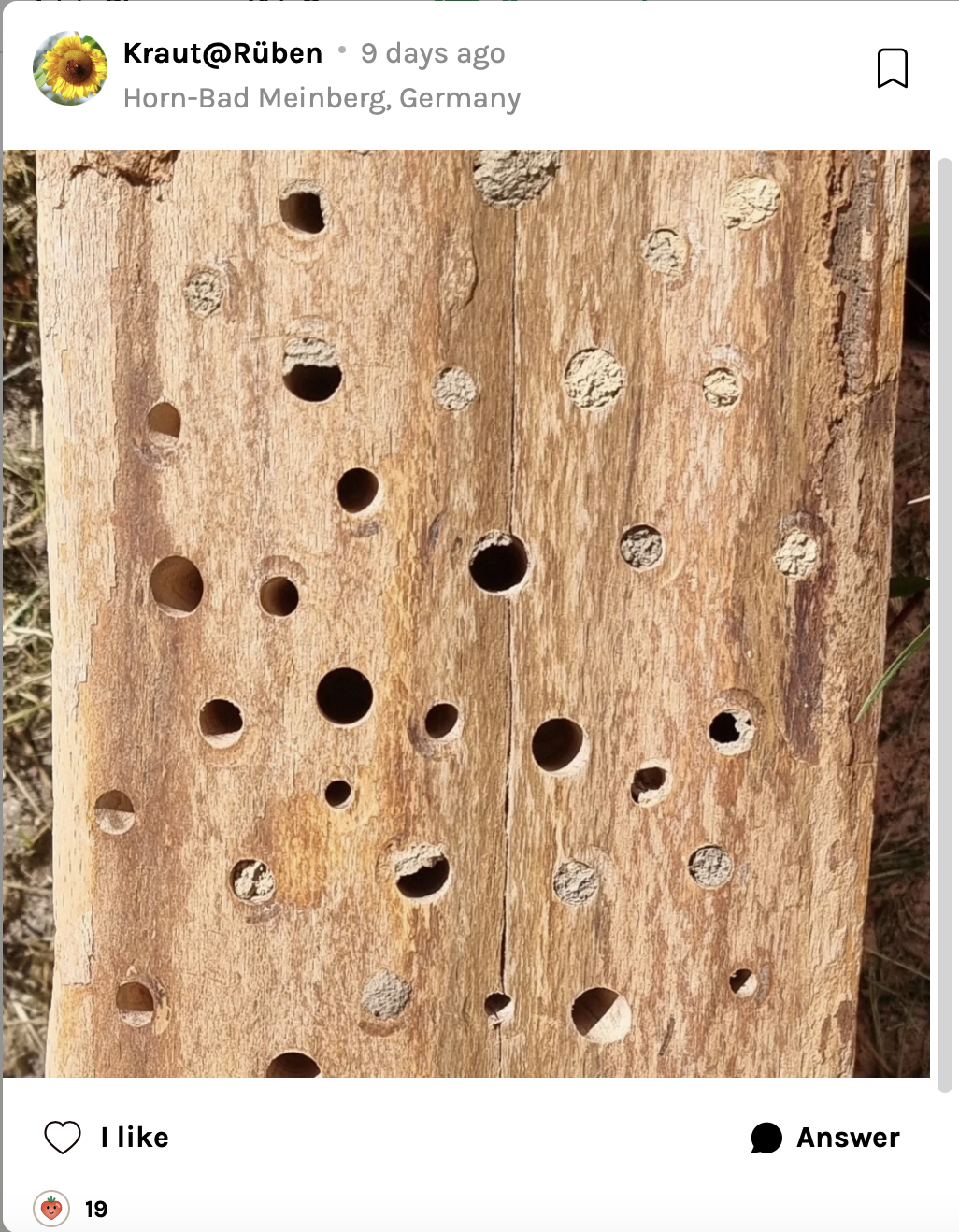
Kraut@Rüben shared a wonderful bee hotel – and some buzzing residents have already moved in.
Bee Hotel by Kraut@Rüben

Kraut@Rüben shared a wonderful bee hotel – and some buzzing residents have already moved in.
“It all started with an idea. There was still plenty of firewood left.” – With this simple starting point, a garden project began that now offers a home to many wild bees. In winter, a piece of red beech was turned into a nesting aid: carefully drilled holes in various diameters, smoothly sanded and lovingly placed in a sheltered woodshed with flight access. “That was it. Then we just waited.” And the wait paid off: “It seems to have become a popular hotel. High occupancy with many guests speaks for itself.”
For a wild bee hotel to be truly used, the details matter: hardwood such as beech or oak, smooth drill holes between 2 and 9 mm in diameter, and a protected, sunny location are essential. Reed or cardboard tubes also work – the key is: no splinters, no moisture, no plastic.
Projects like this show: it doesn’t take much to support biodiversity – just a bit of patience, a few tools, and the wish to create habitat.
Check out the full post in the community.
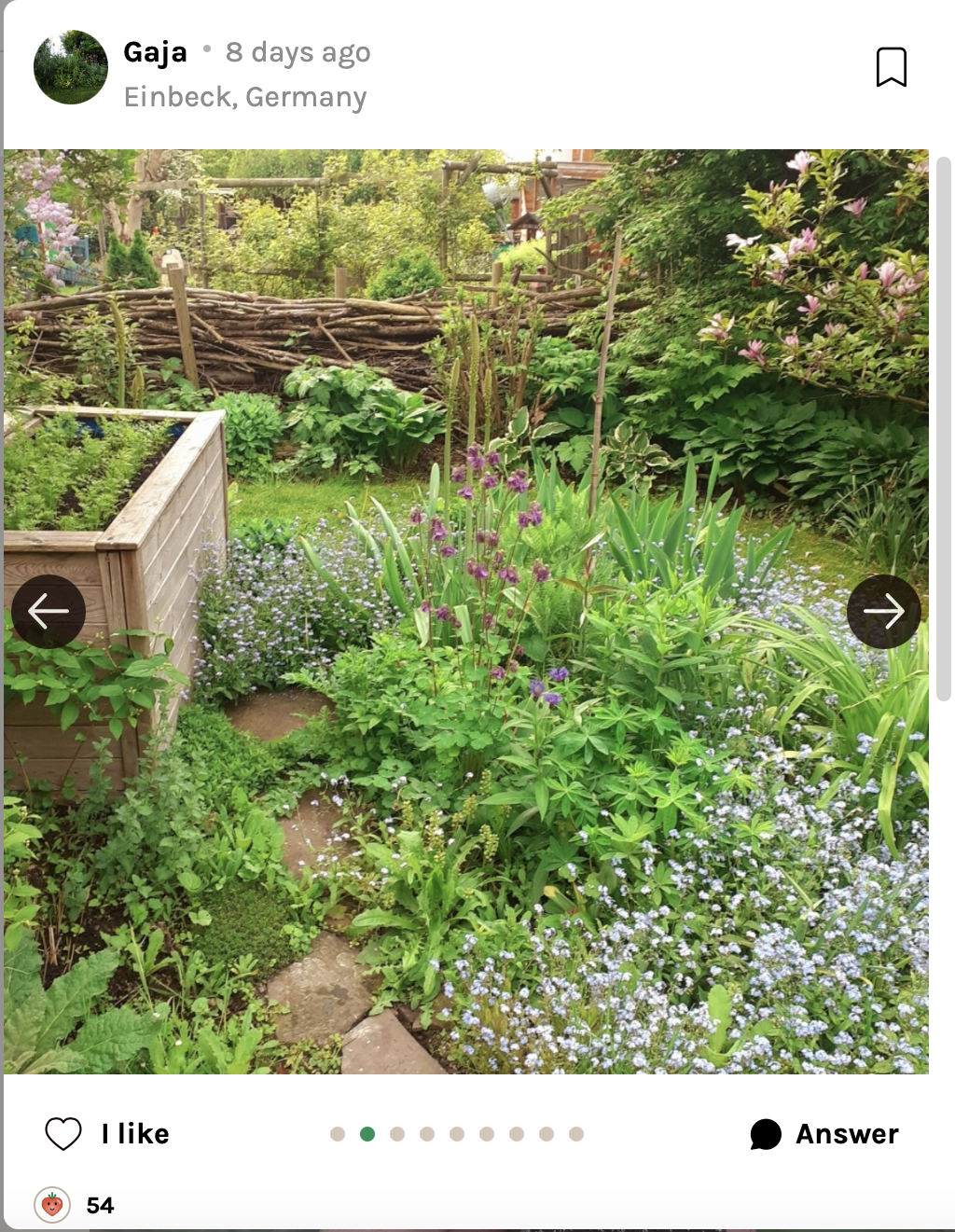
With wild perennials, a deadwood hedge, and unpaved paths, a garden full of biodiversity comes to life.
Natural Garden by Gaja

With wild perennials, a deadwood hedge, and unpaved paths, a garden full of biodiversity comes to life.
“For the past eight years, I’ve had my own garden, which I’ve been designing in harmony with nature” – that’s how a gardener from the Fryd community begins her story, showing how much can be achieved with dedication and creativity. You can read the full post here.
Her perennial beds are filled mostly with native plants – low-maintenance and a real boost for biodiversity. Along the property line, she and her neighbors built a deadwood hedge: “The neighbors also drop off their deadwood here and are happy to get rid of it.” The paths are intentionally left unpaved – made of “just mown grass or loose fieldstones” – so rainwater can seep into the ground and keep the soil alive.
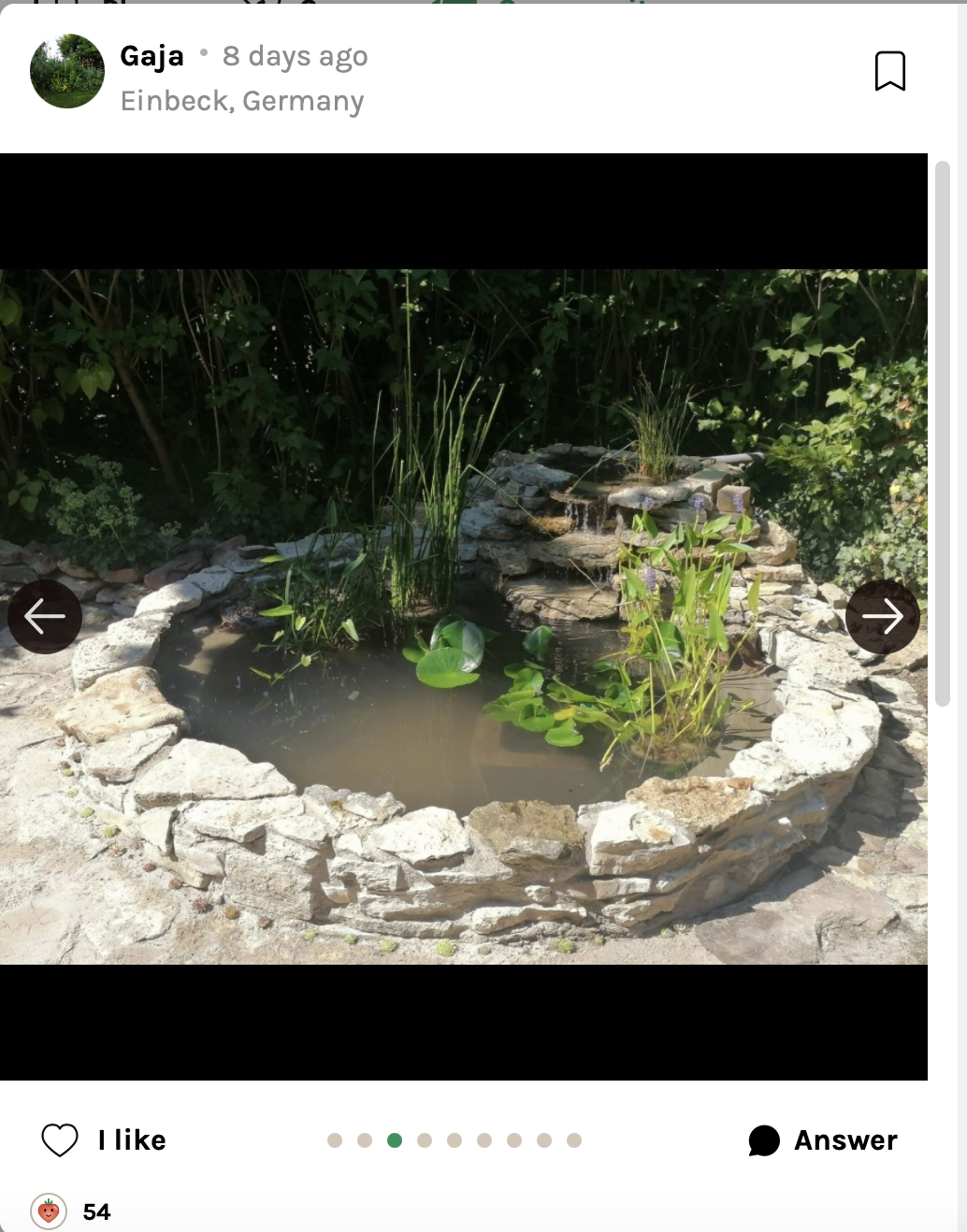
With a bog bed, pond, and homegrown seeds, a garden comes to life – offering habitat for amphibians, insects, and many more.
The Garden as Habitat: How Biodiversity Can Thrive

With a bog bed, pond, and homegrown seeds, a garden comes to life – offering habitat for amphibians, insects, and many more.
A bog bed and a small pond with a waterfall provide moisture and create valuable habitats for animals like birds and amphibians. She was allowed to collect the stones “with the cheerful permission of the farmers, straight from the field.” Each year, part of the meadow is used to grow new native seedlings: “I grow them myself from regional seeds — whatever’s left goes around the vegetable beds or is given away.”
Throughout the garden, you’ll find nature-inspired features: loosely stacked stones, upright deadwood serving as a “beetle cradle,” and plenty of hideaways for wild animals.
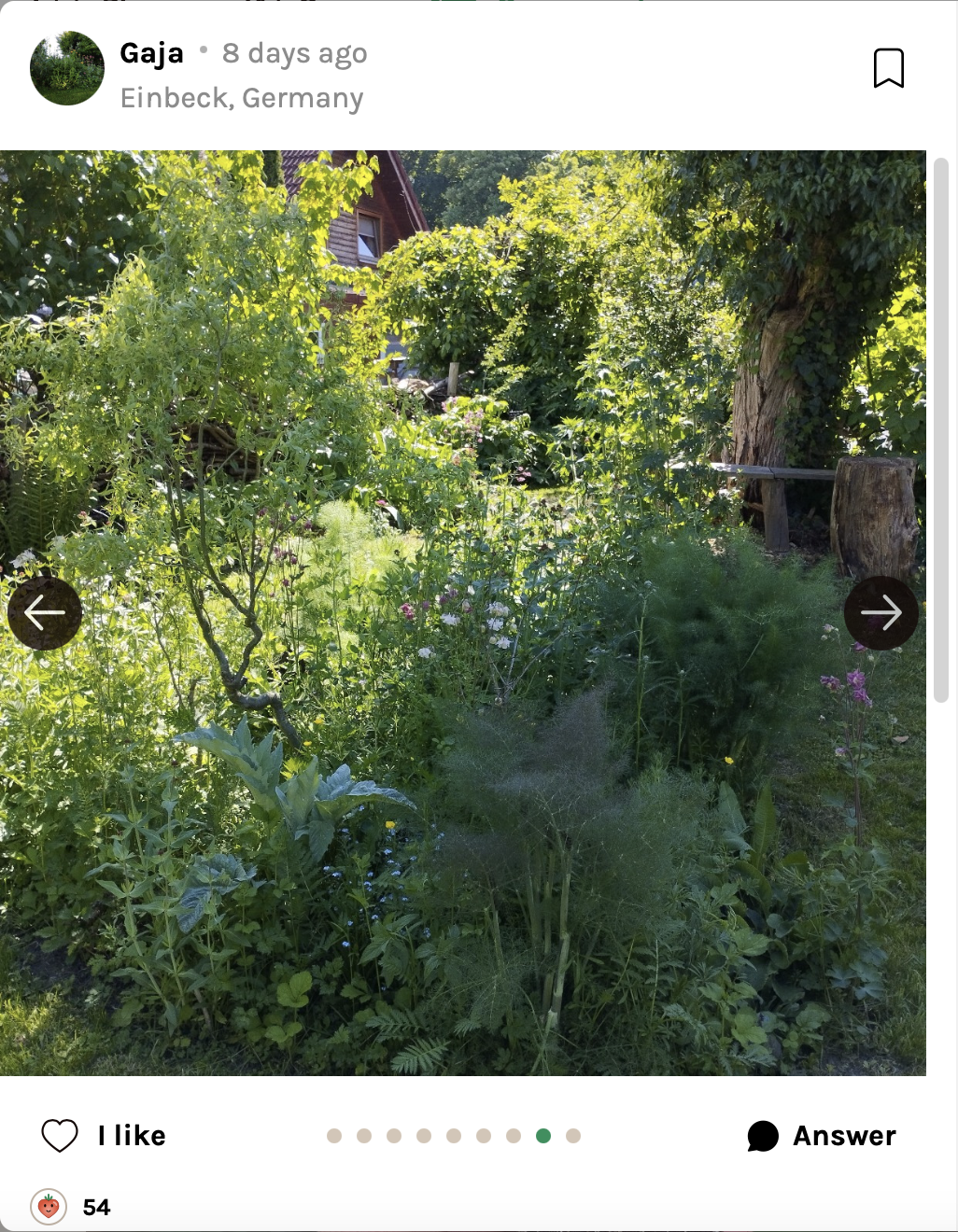
Just get started – even with limited resources, you can achieve a lot!
Buzzing, Crawling, and Glowing with Life

Just get started – even with limited resources, you can achieve a lot!
The effort pays off: “Today, glow-worms, rhinoceros beetles, stag beetles, great crested newts, blue carpenter bees, slowworms, and many more live here.”
Her most important advice: Don’t wait for perfect conditions – just get started. “So don’t worry and roll up your sleeves: Even at 45 and with limited means, you can achieve a lot!” A valuable resource for her was the website NaturaDB, which provides “detailed plant profiles” and shows the ecological value of different species.
This garden is a powerful example of how much habitat can emerge – when you embrace diversity.

Ever Feel Lost in the Garden? Connect With Others!
In the Fryd community, you’ll find friendly and helpful gardeners ready to share ideas, give advice, and celebrate wins (and failures) together. Gardening is just more fun when you’re not doing it alone.
Join the Community Now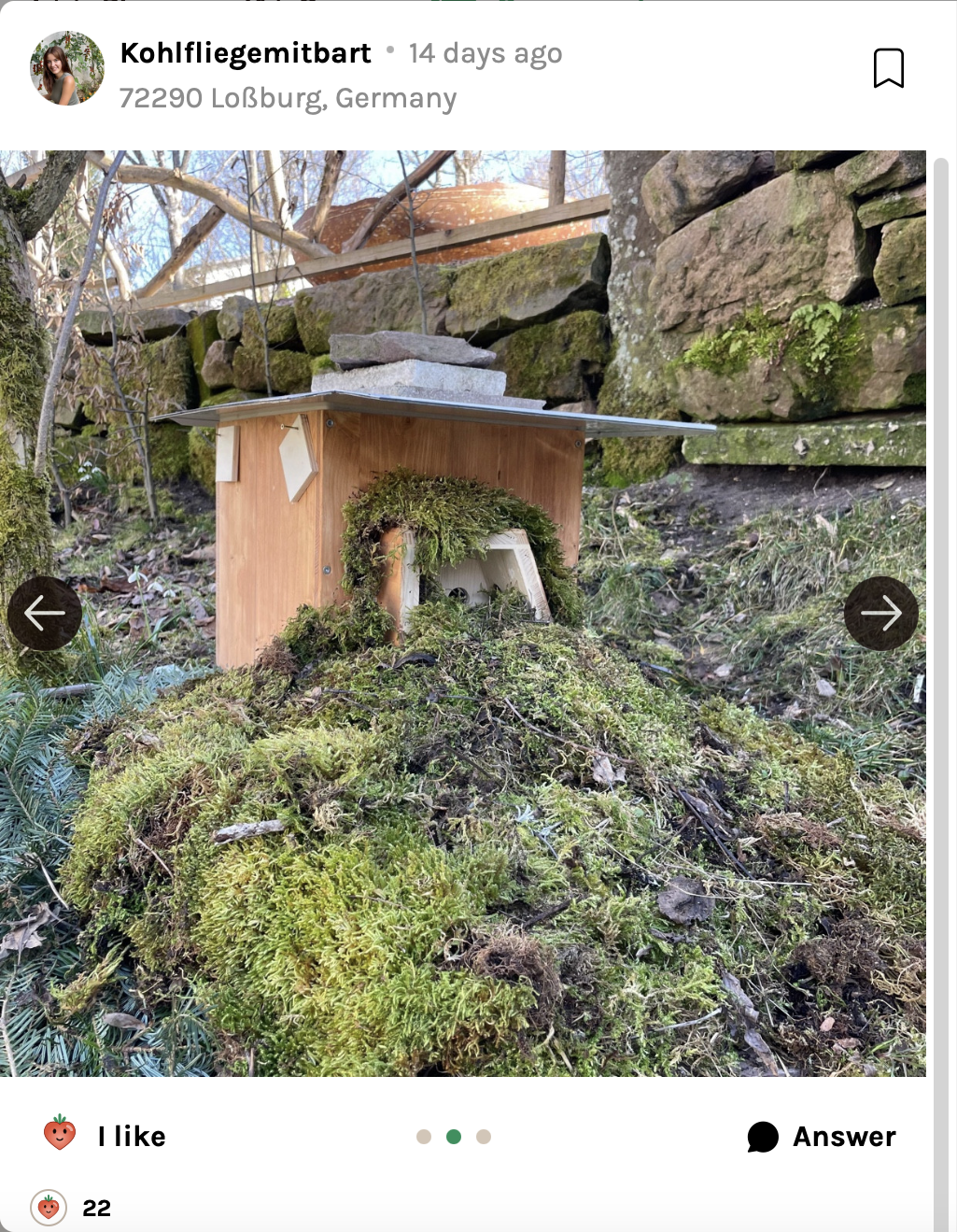
Four new bumblebee boxes – ready for the first buzzers of the year.
DIY Bumblebee Box by Kohlfliegemitbart

Four new bumblebee boxes – ready for the first buzzers of the year.
“To kick off the new challenge, here’s our winter/spring project this year: 4 bumblebee boxes spread across the garden – and the bumblebees love them.”
A beautiful example from the Fryd community showing how important steps for more biodiversity can start as early as winter. Bumblebees are among the very first pollinators of the year — often already active in early spring, long before the garden is buzzing. To give them a good start, special bumblebee boxes can offer shelter to young queens searching for a nesting spot. Check out the full post here!
What to keep in mind: Choose a sheltered, semi-shady, and natural spot — like under a hedge or in a quiet garden corner. A narrow entrance keeps predators out, and dry nesting material (like kapok or wool padding) makes for a cozy new home.
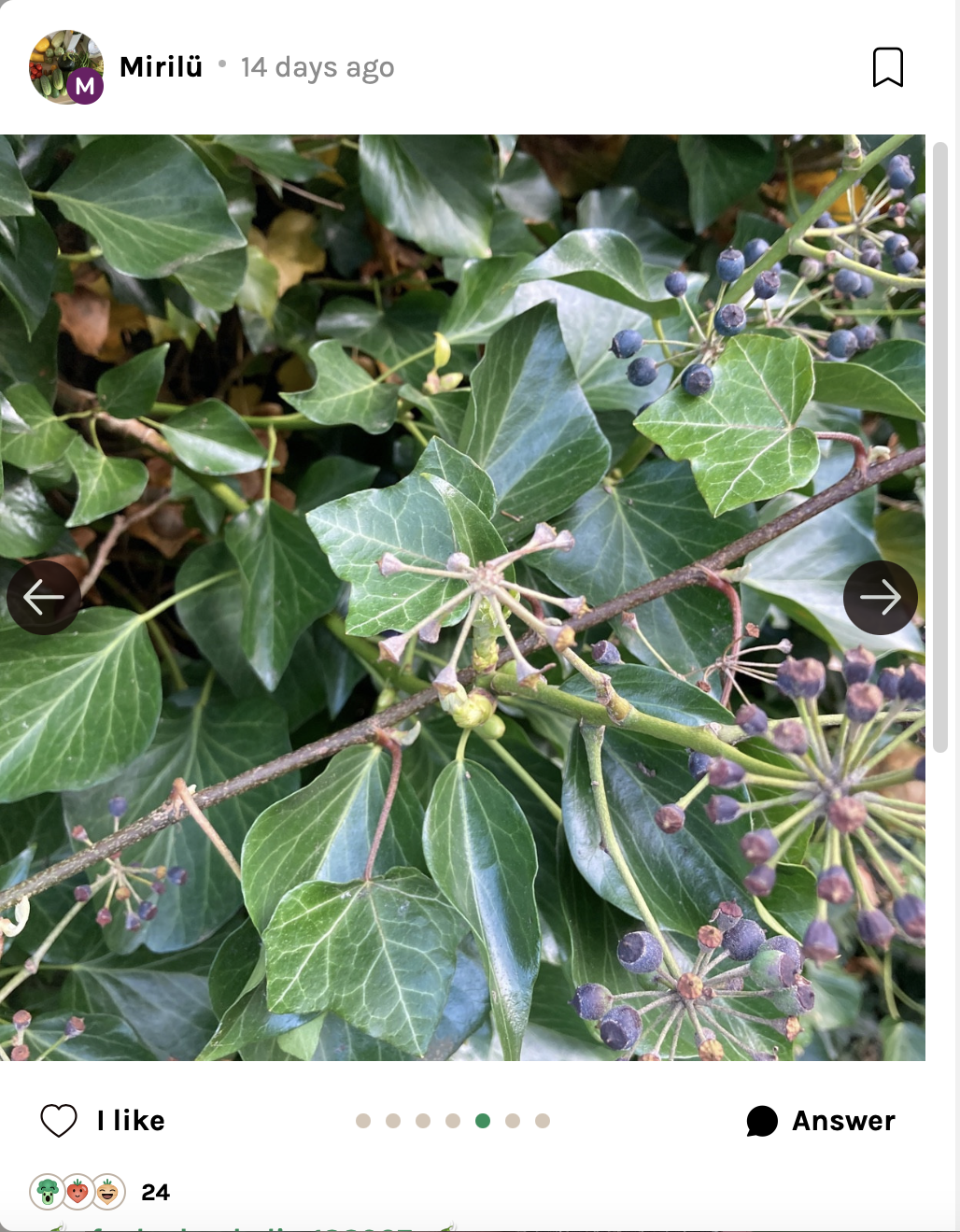
From Eyesore to Ecosystem.
Mirilü’s Blooming Ivy Corner

From Eyesore to Ecosystem.
“Imagine this: four meters of ivy taking over the garden — dark, overwhelming. I just wanted it gone.”
But then everything changed. While flipping through some old gardening magazines, the gardener stumbled upon a surprising fact: ivy doesn’t bloom until it’s around ten years old — and those late blossoms are one of the last vital food sources for insects before winter. In spring, its berries help birds get through the scarce season.
So, the pruning was put on hold. Instead, an old bike wheel and a farmhouse window were added — and the once unwanted plant became a valuable habitat. “I just couldn’t tear out that ugly thing…”
Today, the ivy is a small but meaningful contribution to biodiversity — complete with a bird perch in an old thuja that also got to stay.
Sometimes all it takes is a bit of knowledge and a shift in perspective — and suddenly, what once felt like a nuisance becomes a thriving little ecosystem. Check out the full story in the Fryd community.
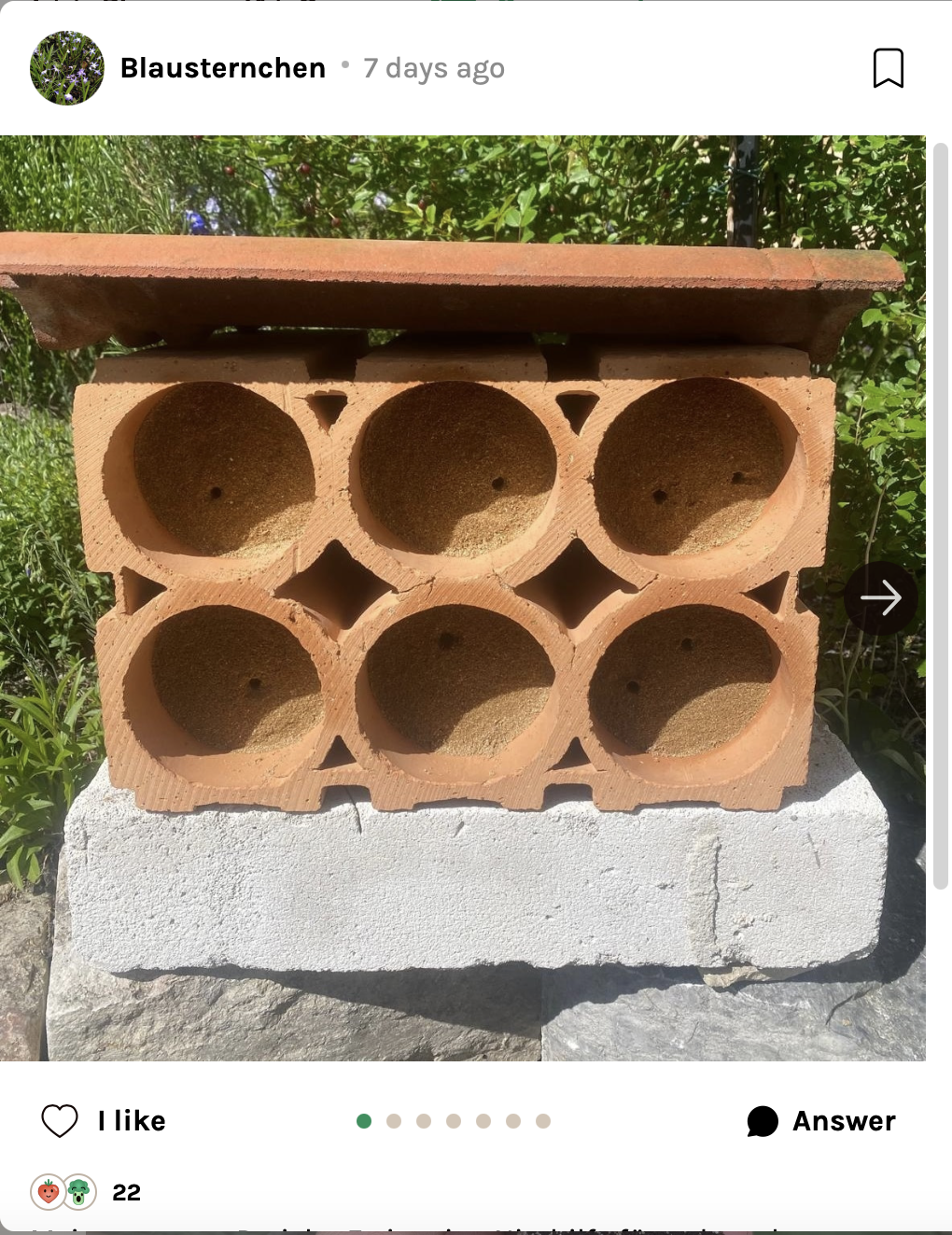
The first guests are eagerly awaited: “I’m super excited to see if it works!”
Nesting Aids by Blausternchen

The first guests are eagerly awaited: “I’m super excited to see if it works!”
''My latest project: a nesting aid for ground- and vertical-nesting wild bees like the Hairy-footed Flower Bee or the Four-banded Furrow Bee.''
The idea came from an online wild bee seminar by the Ulm Academy — and was brought to life with a bit of creativity and simple materials.
The base: an old terracotta wine rack.
“Ingredients: a clay wine rack, children's play sand, clay powder — I used 12.5 kg of fine sand and 3 kg of clay powder for one rack.” The sand-clay mix was pressed into the holes in small portions, compacted carefully, and not completely filled — “to keep the birds out.”
To attract the bees and encourage them to dig, small starter holes were drilled using a 6 mm or 10 mm bit:
“That’s supposed to help them get started.” Now the finished nesting station sits in a sunny spot — hopefully ready to welcome its first guests soon.
“It’s only been up for a few days, and I’m super excited to see if it works🤪” But the project isn’t done yet:
“I’ll still add some reed tubes into the smaller holes — for the wild bees that prefer ready-made tunnels.”
A great example of how you can help little pollinators in a big way with specialist knowledge, everyday materials and lots of attention to detail. And perhaps inspire others to get started themselves.
If you have any questions or comments, please write to us at [email protected]. Would you like to receive helpful gardening tips all year round and plan your own beds optimally? Then register here or download the Fryd app for Android or iOS.
Fryd - your digital bed planner

Marie
Marie is an agronomist. She is particularly interested in the sustainable and organic cultivation of vegetables and other plants. In her own garden, she gained experience and likes to try things out to learn from nature. She is particularly interested in the values and principles of permaculture, in order to contribute not only to the well-being of nature, but also to the well-being of people and future generations.
Learn MoreCurrent Topics in the Community
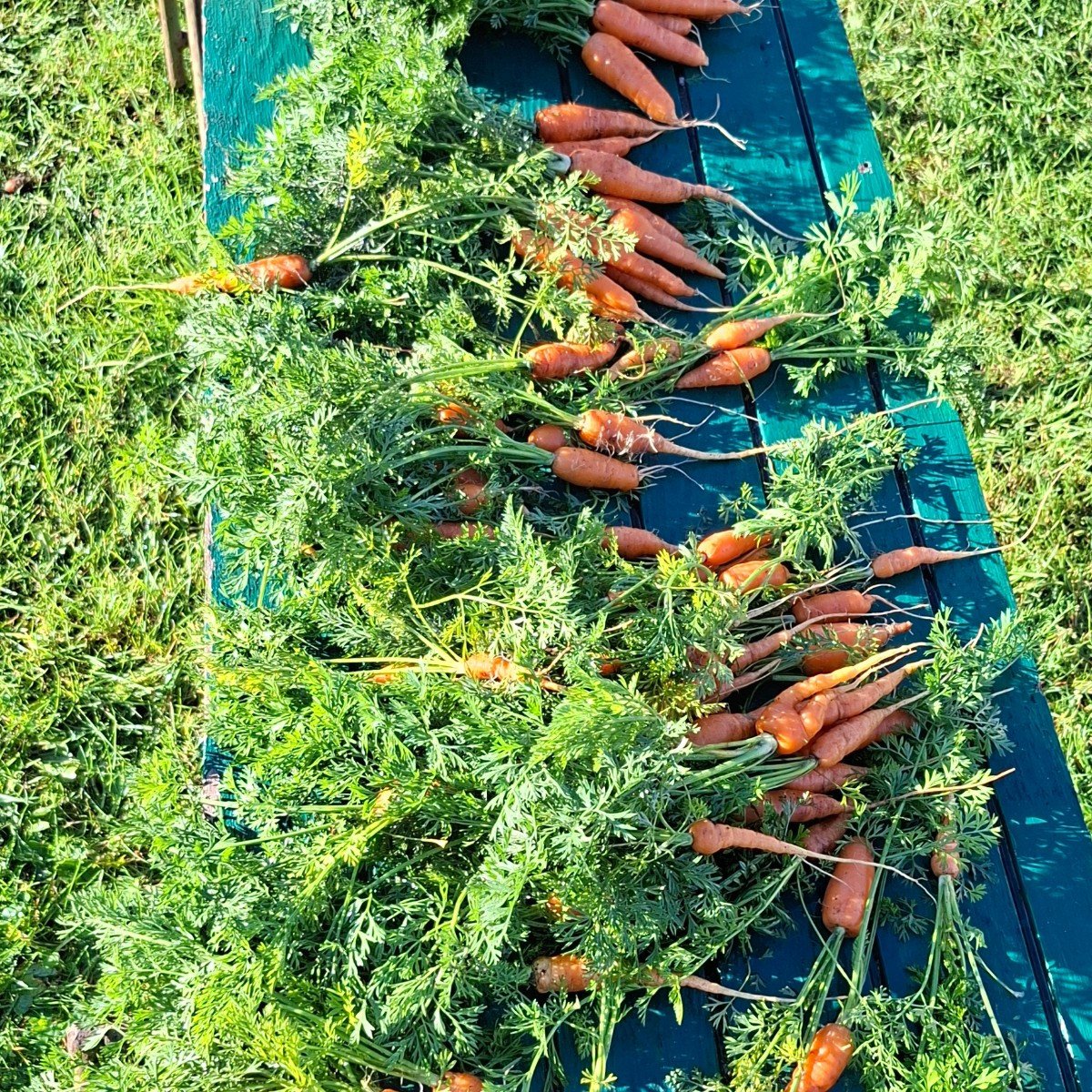
Liked 2 times
Yesterday we pulled our last carrots from the field and harvested and cleaned 3 ginger plants
Show 1 answer
How do I create a plan on the app? When I click it I get a blank screen?
Show 1 answer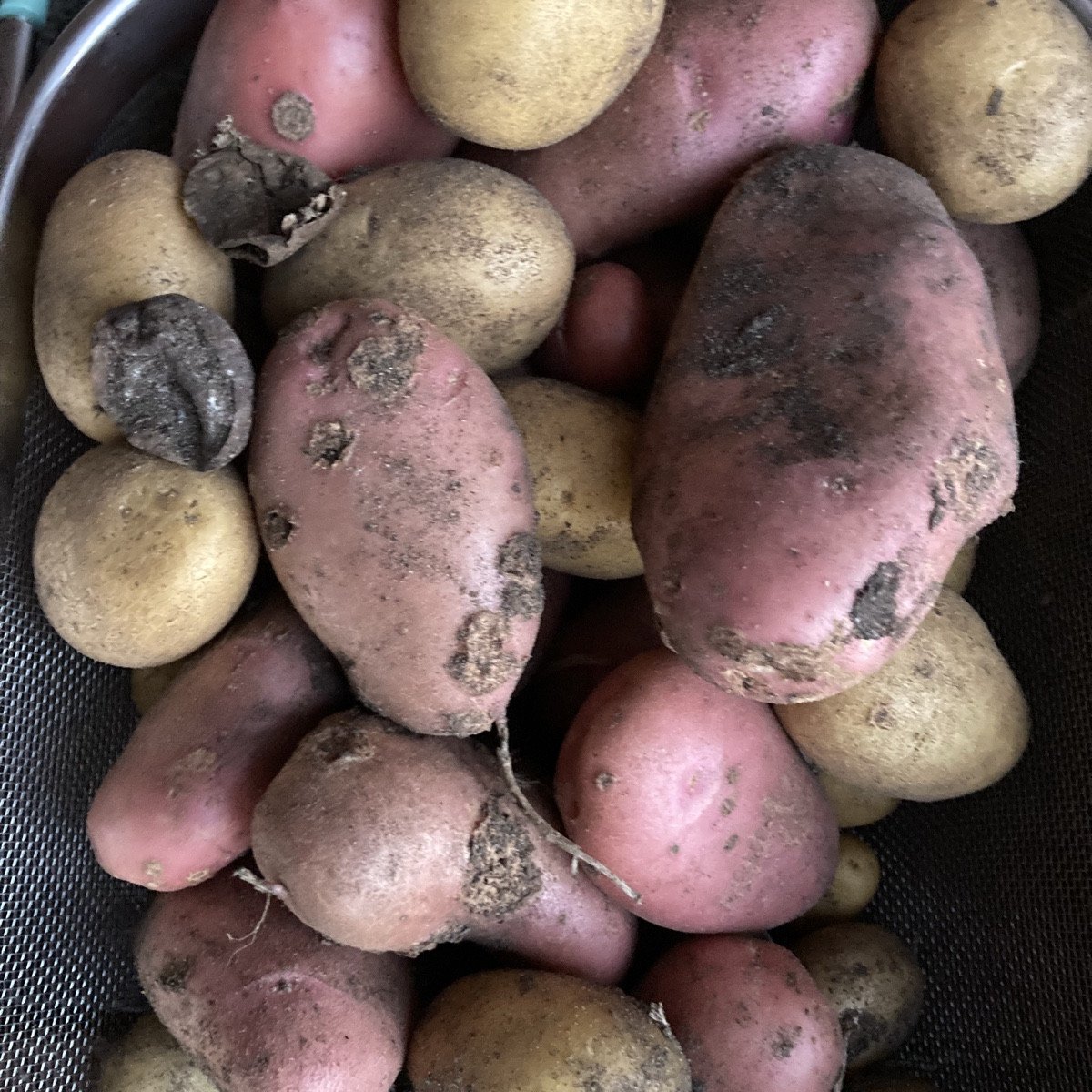
Liked 6 times
A short summary of @kartoffel im Pflanzsack: I have also included the seed potatoes in the one photo for comparison. The late varieties were now the best. There was an average of approx. 1.6 kilos per seed bag. 16.8 kilos in 10 bags, which barely took up 2 square meters of space. I will no longer grow in the ground and under straw... I filled the bags with sheep's wool, compost, biochar, soil and miscanthus. The sheep's wool was "digested". #thanksgiving !!!
Show 3 answersPopular Articles
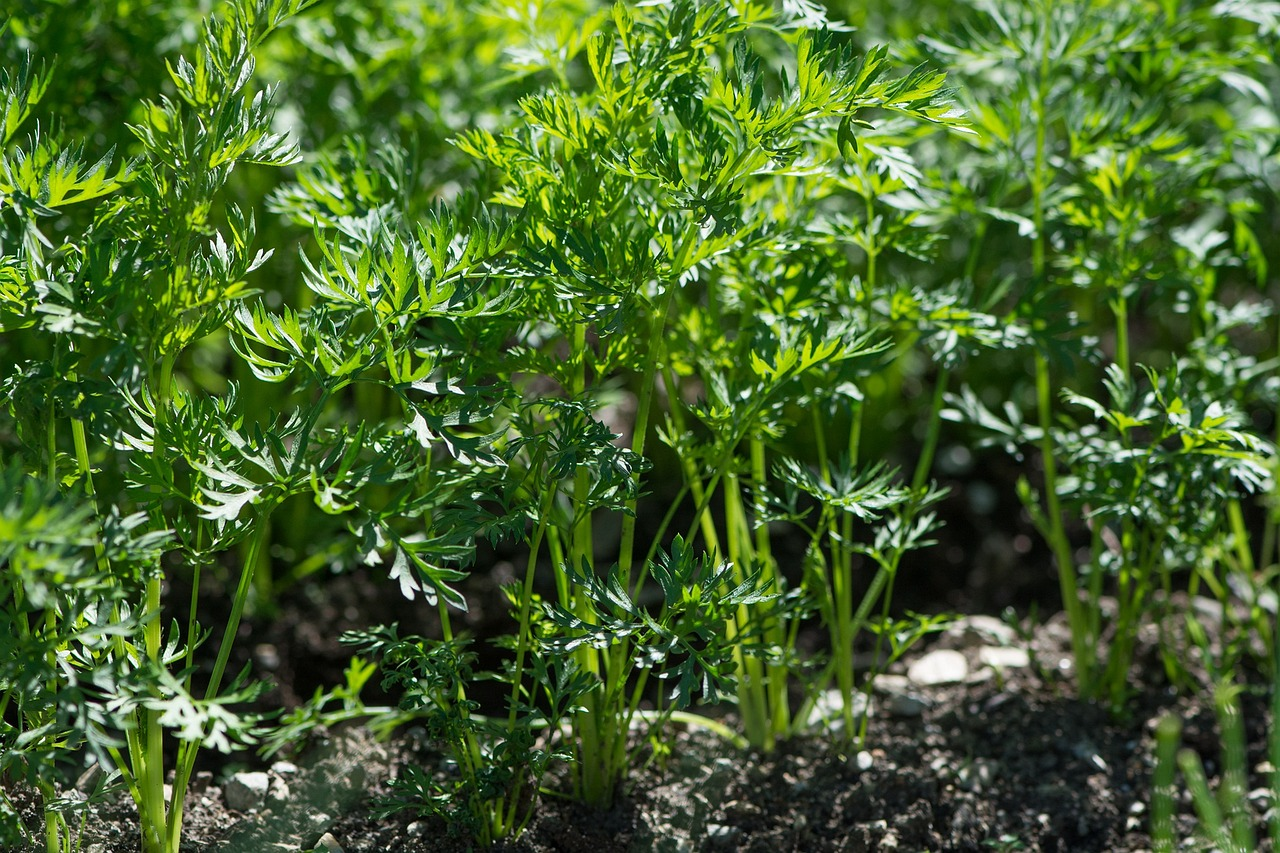
Companion Plants for Carrots: What (Not) to Plant With Carrots
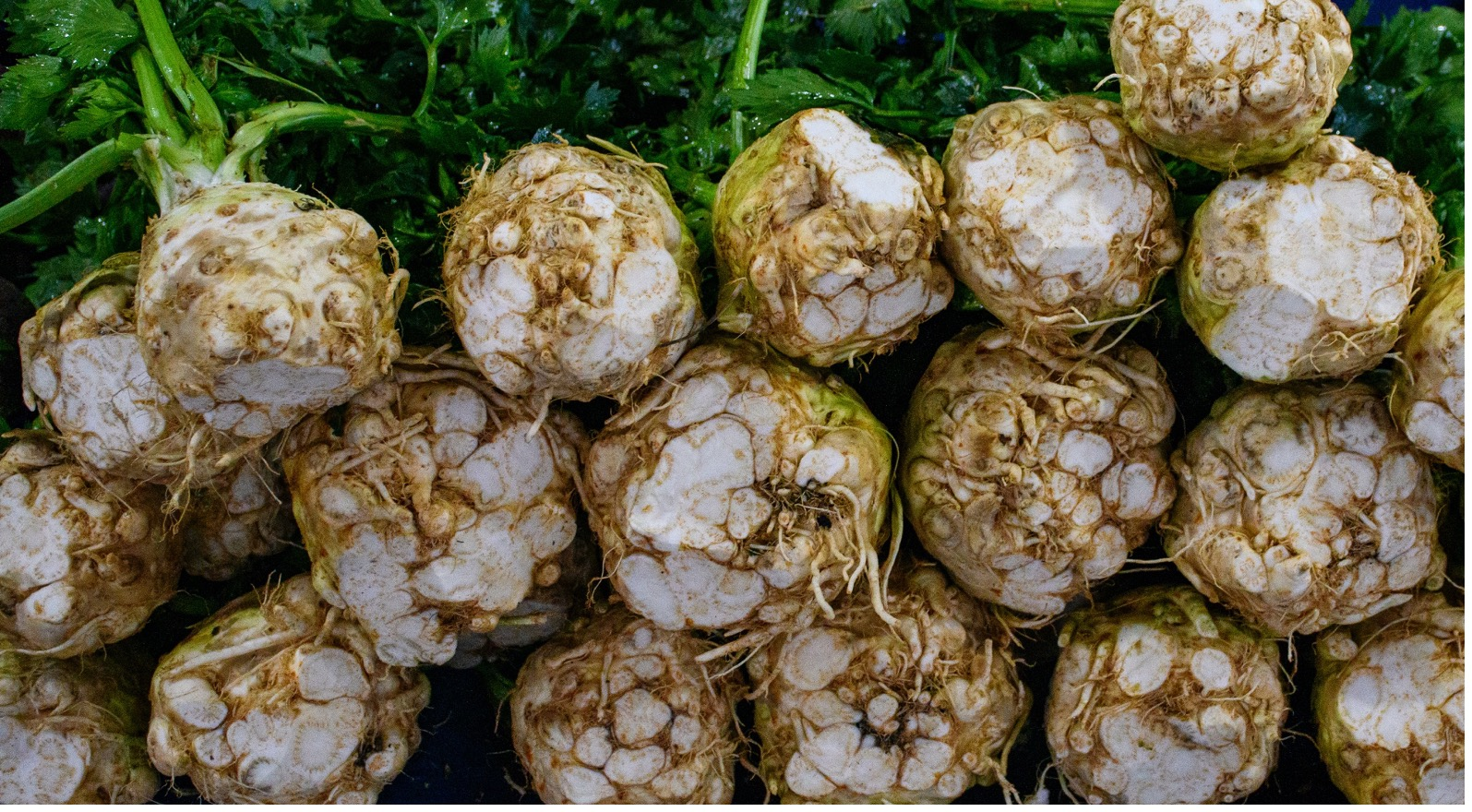
Companion Plants for Celery : What (Not) to Plant With Celery?

Strawberry Types: List of Best Strawberry Varieties
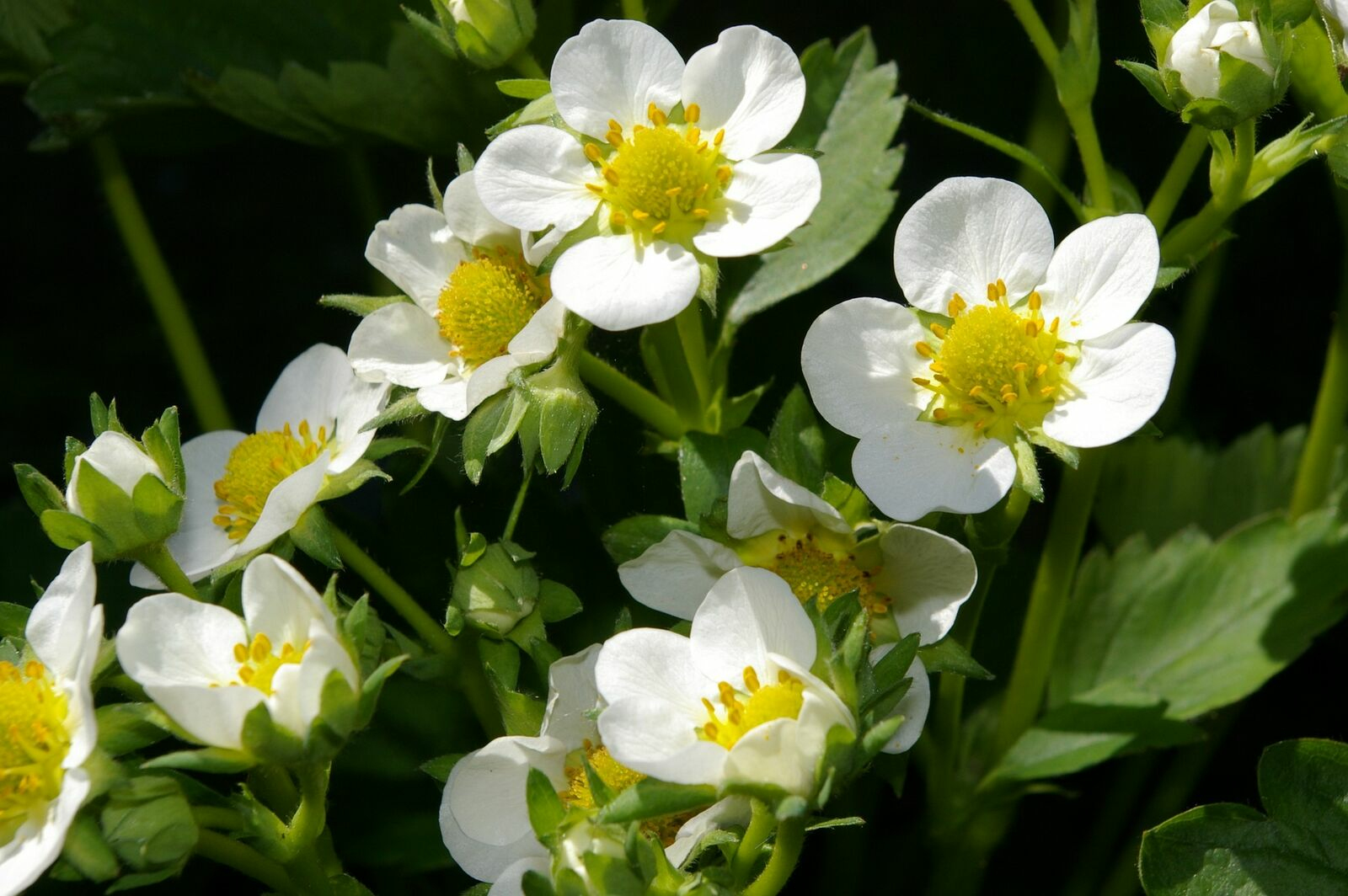
Companion Planting With Strawberries: Companion Plants and Planting Plan
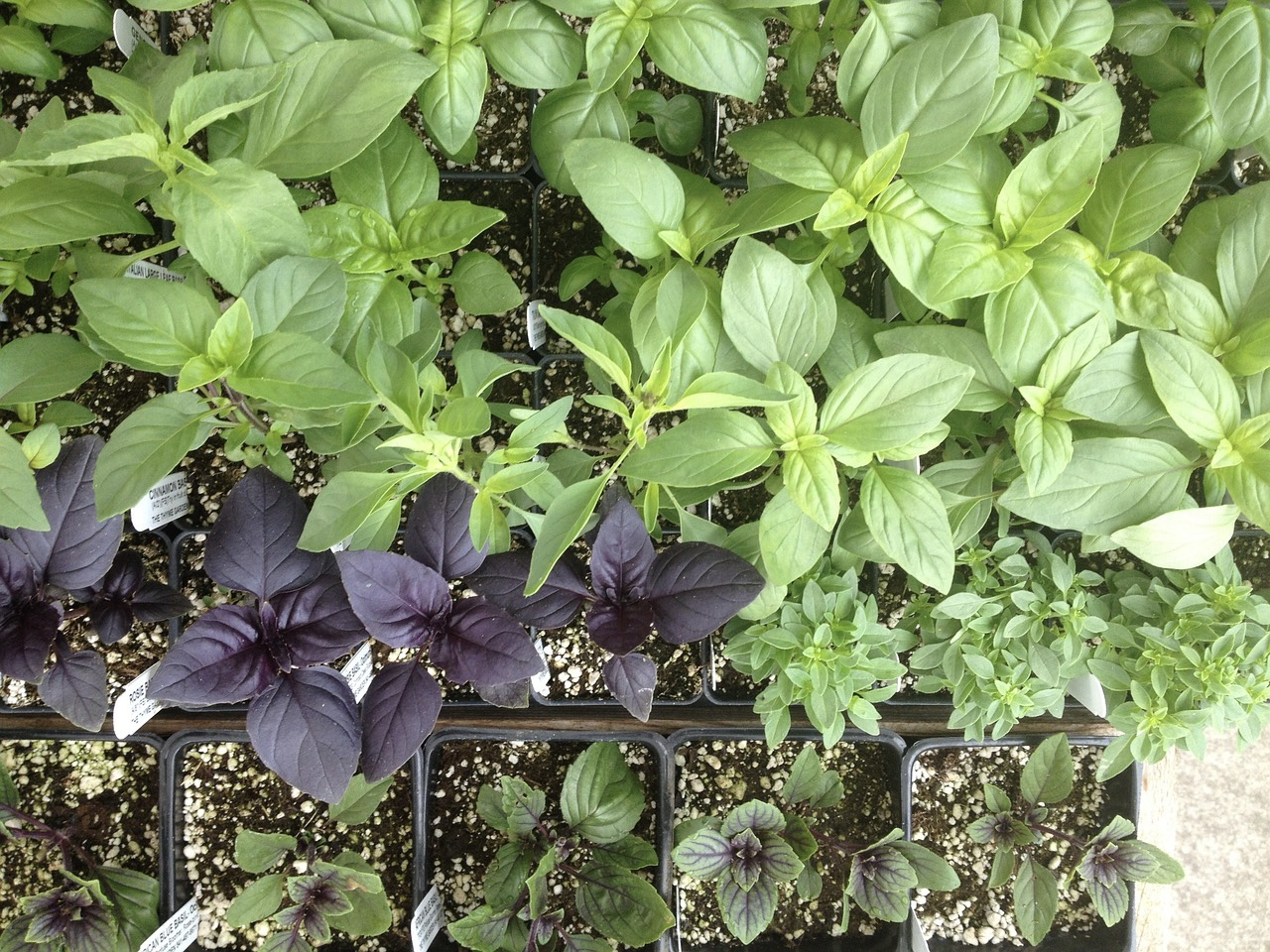
Basil Varieties & Types at a Glance
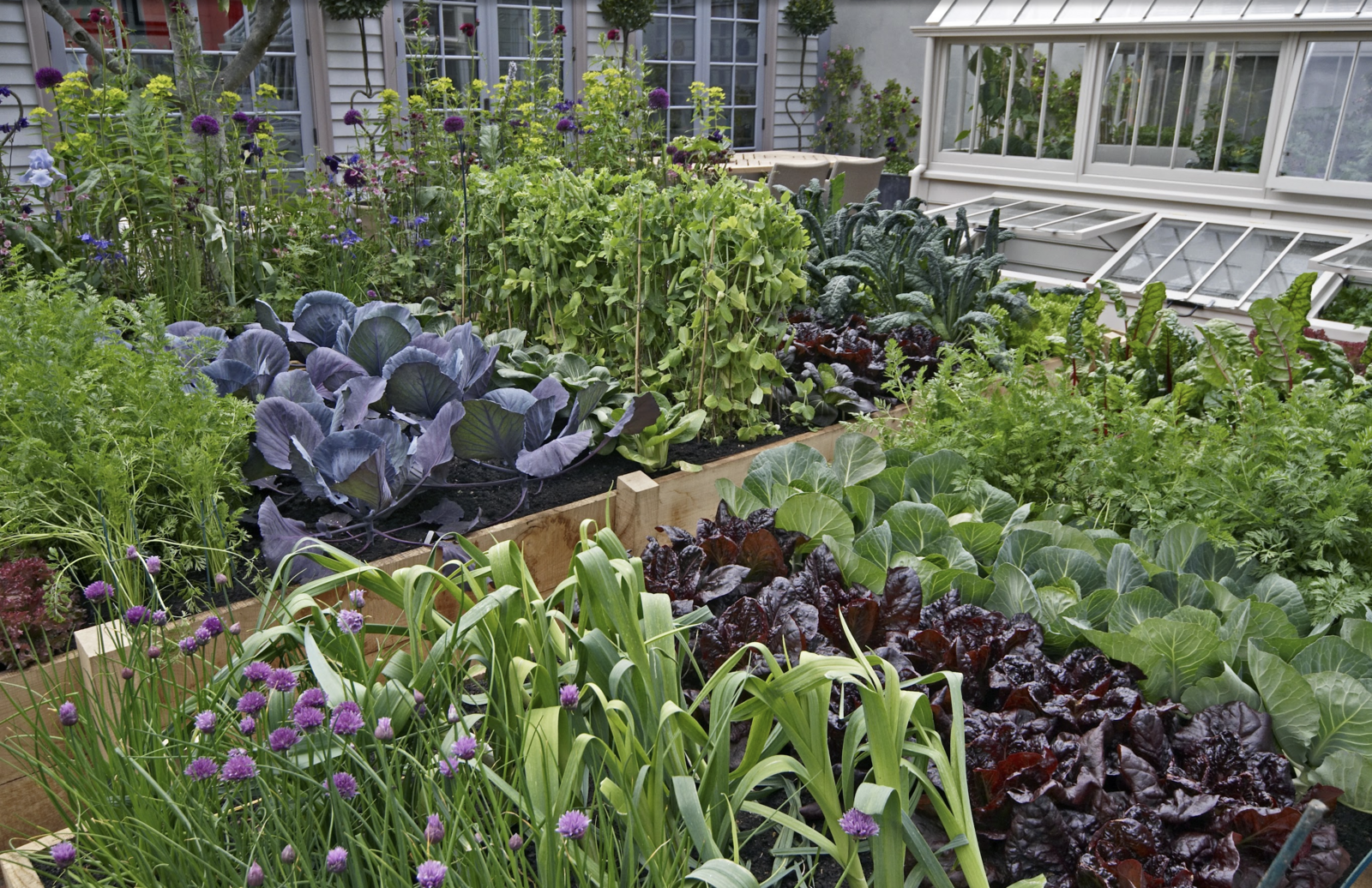
What to Plant With Cabbage: Good and Bad Companion Plants
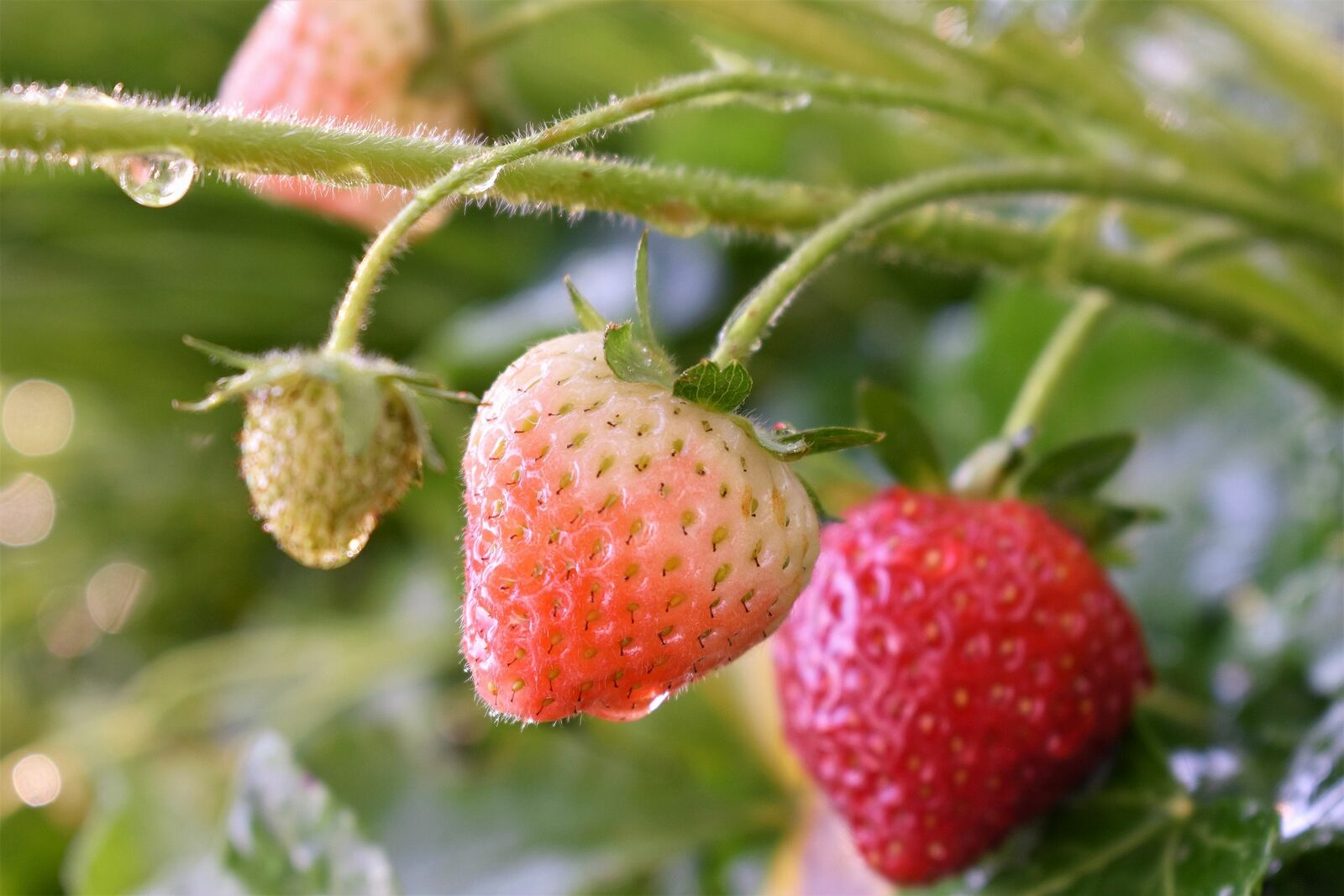
Fertilizing Strawberries: Home Remedies & Natural Fertilizers at a Glance
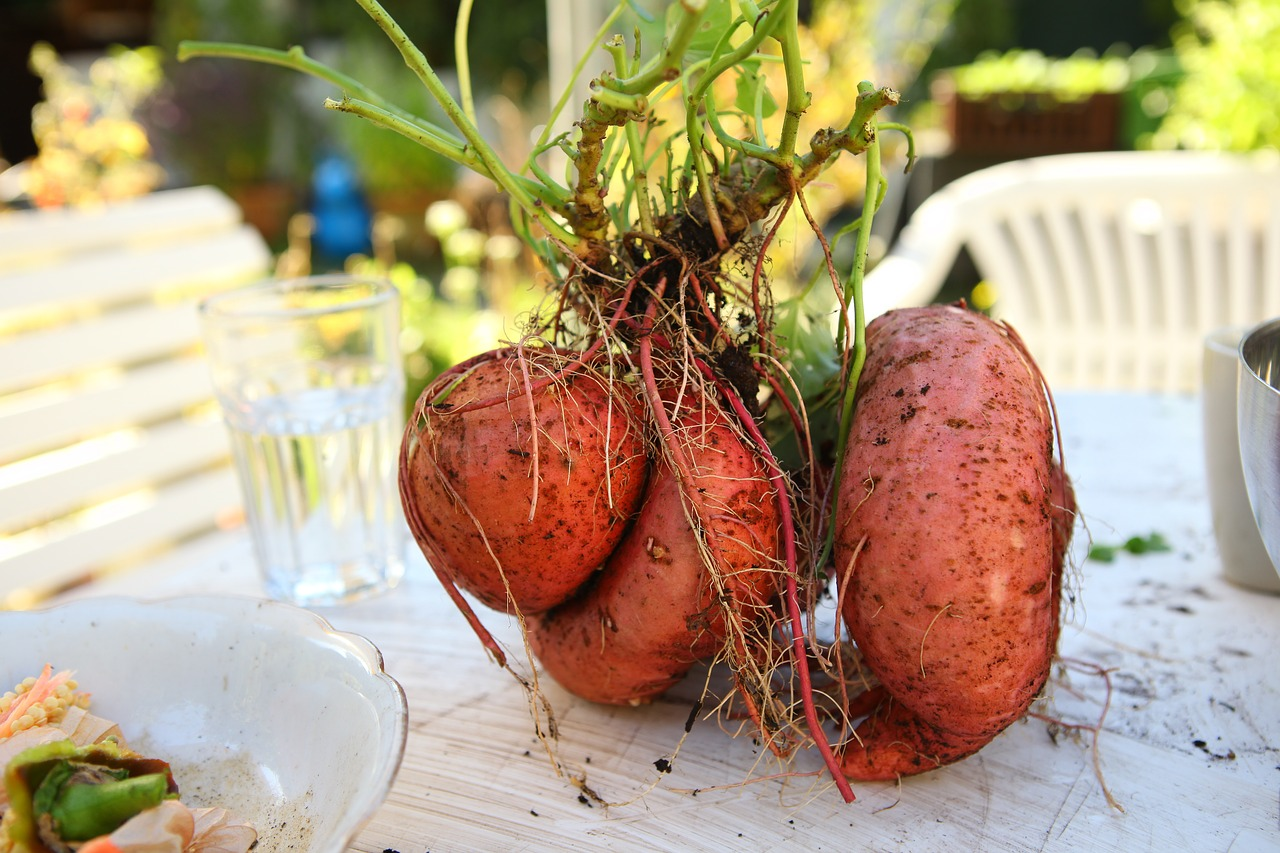
Growing Sweet Potatoes: Tips on Cultivation & Companion Plants

Companion Plants for Kitchen Herbs: Chives, Parsley & Co
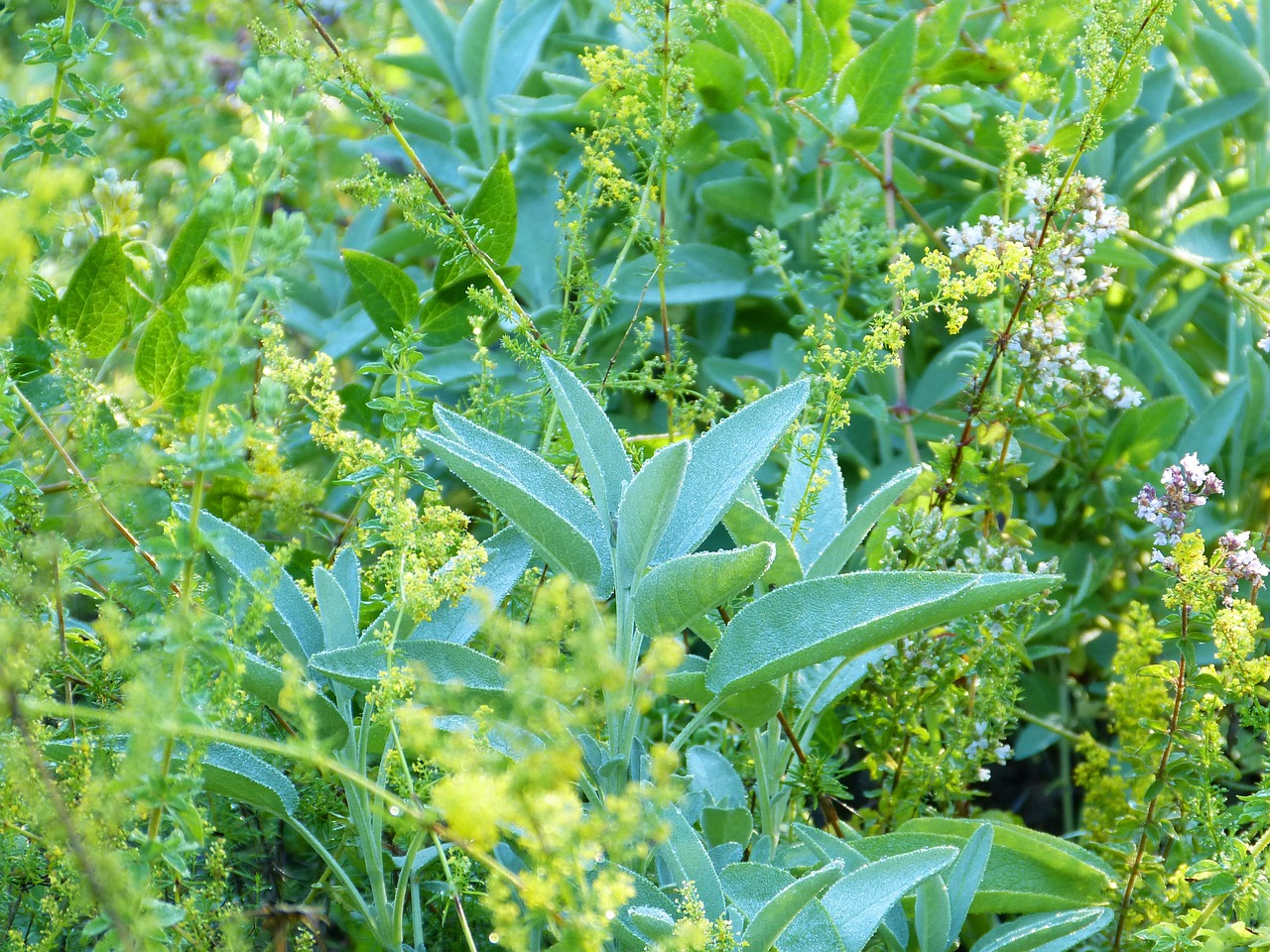
What Herbs Can Be Planted Together?